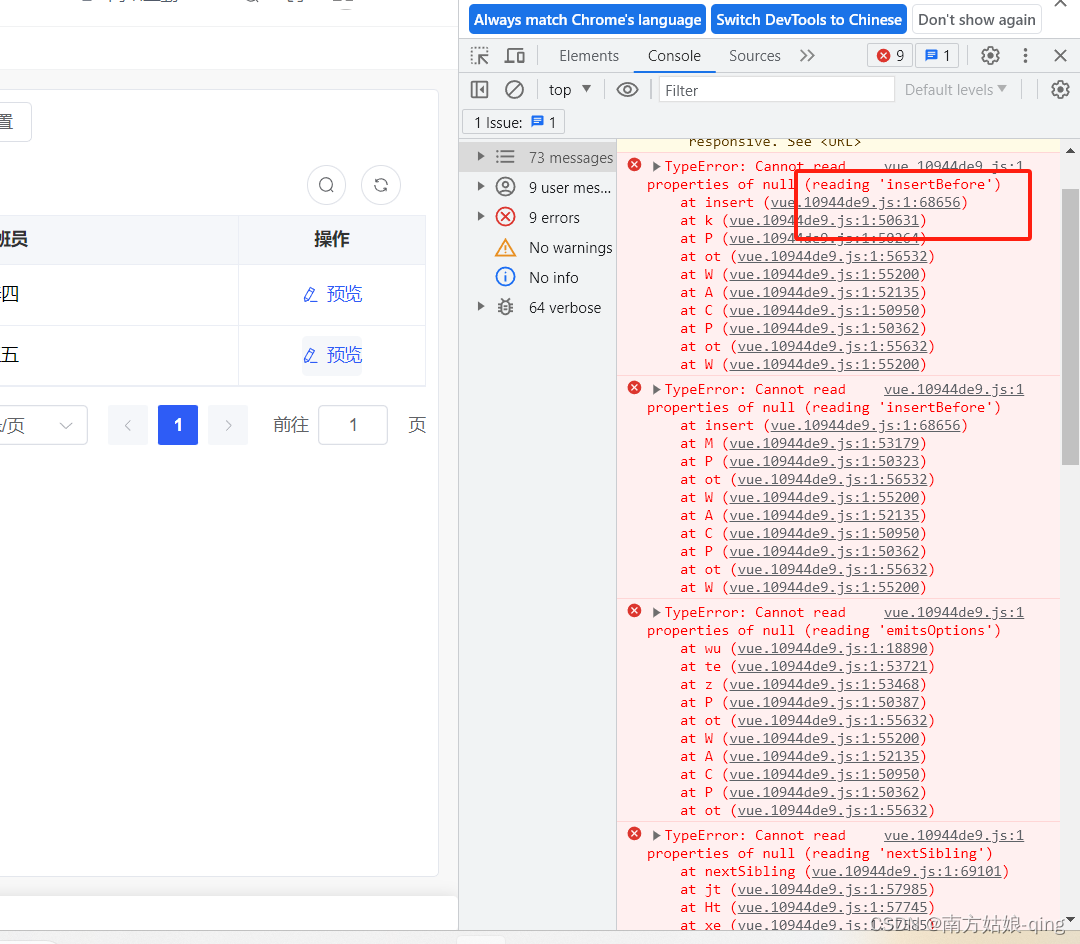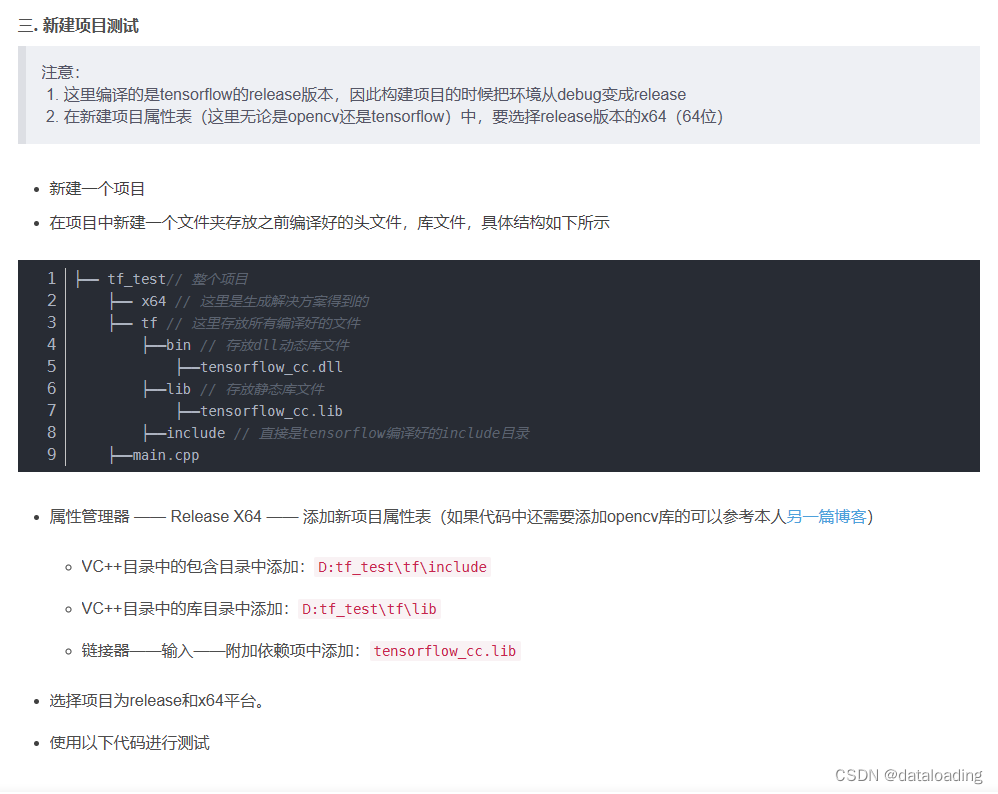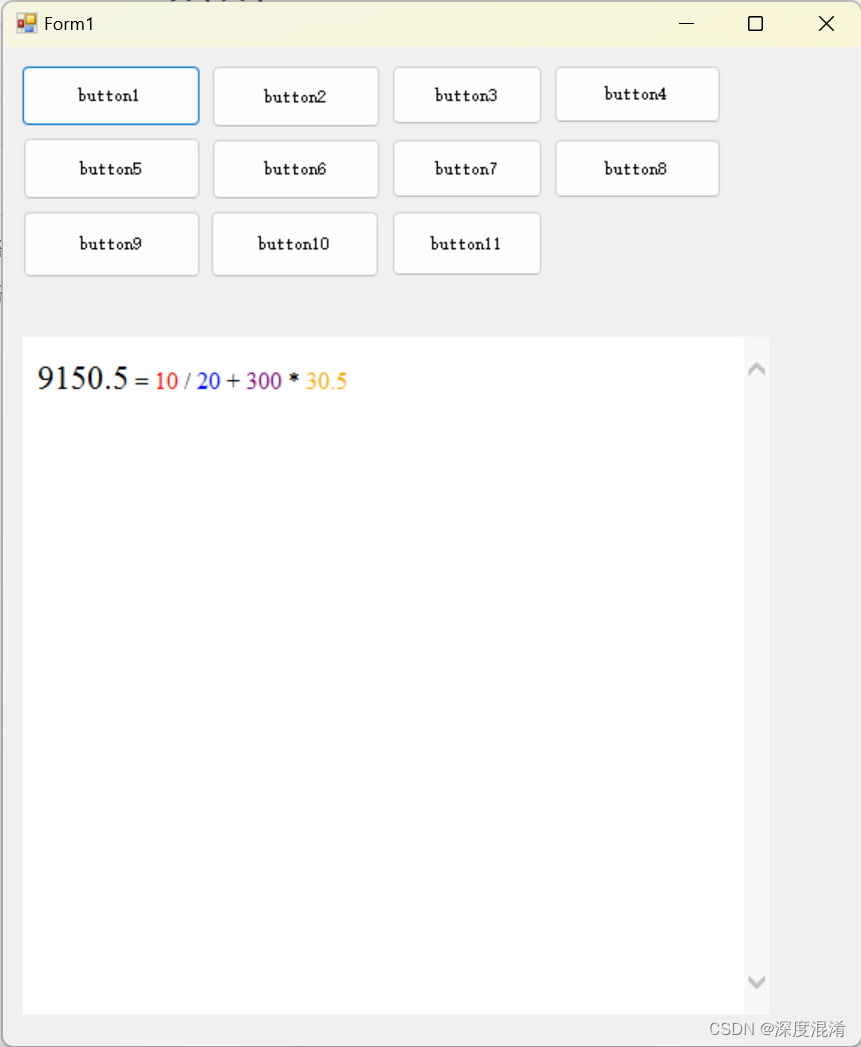这篇文章算是一篇水文,因为也没啥好讲的,在Spring Boot中,上传文件是我们常常做的,包括我们在实际开发过程中,我们也经常碰到与文件上传有关的功能,这也算是我们常用的一个功能了,毕竟作为开发者,我们避免不了与各种文件打交道,一般文件上传是我们最常见的一种方式,例如我们对Excel数据的解析入库,图片的裁剪,都需要我们先将文件上传之后再对文件进行解析。
注意本篇博客,主要适合初学者,如果不感兴趣,可以移步了。
单文件上传
本篇,我将采用Thymeleaf模版引擎进行,故而第一步,我们还是引入相关依赖。
<dependency>
<groupId>org.springframework.boot</groupId>
<artifactId>spring-boot-starter-web</artifactId>
</dependency>
<dependency>
<groupId>org.springframework.boot</groupId>
<artifactId>spring-boot-starter-thymeleaf</artifactId>
</dependency>
<dependency>
<groupId>org.projectlombok</groupId>
<artifactId>lombok</artifactId>
<scope>provided</scope>
</dependency>
<dependency>
<groupId>org.springframework.boot</groupId>
<artifactId>spring-boot-starter-test</artifactId>
<scope>test</scope>
</dependency>
在application.properties文件中配置存放地址,以及允许上传的文件的大小
server.port=1243
spring.servlet.multipart.max-file-size=2MB
spring.servlet.multipart.max-request-size=2MB
file.upload.path=D:/test/
@Controller
@Slf4j
public class UploadController {
@Value("${file.upload.path}")
private String path;
@GetMapping("/")
public String uploadPage() {
return "upload";
}
@PostMapping("/upload")
@ResponseBody
public String create(@RequestPart MultipartFile file) throws IOException {
String fileName = file.getOriginalFilename();
String filePath = path + fileName;
File dest = new File(filePath);
Files.copy(file.getInputStream(), dest.toPath());
return "上传本地文件路径: " + dest.getAbsolutePath();
}
}
<!DOCTYPE html>
<html>
<head lang="en">
<meta charset="UTF-8" />
<title>文件上传页面</title>
</head>
<body>
<h1>文件上传页面</h1>
<form method="post" action="/upload" enctype="multipart/form-data">
选择要上传的文件:<input type="file" name="file"><br>
<hr>
<input type="submit" value="提交">
</form>
</body>
</html>
通过浏览器,localhost:1243



这里仅仅是一个案例,在实际开发过程中,我们需要考虑更多,比如文件上传后的文件我们需要进行相关处理,一般可以添加时间日期等预防同名,在分布式服务下,我们需要考虑文件如何共享访问等等。
多文件上传
多文件上传其实也很简单,在我们上边的基础之上,进行改造就行了,因为涉及到多个文件,故而我们需要将上述代码进行改造,如果是单个文件上传,那么我们就使用一个对象就可以解决,既然涉及到多个文件,那么我们可以尝试使用数组对象进行。
还是之前的那样,第一步先引入依赖:
注意:这里的依赖和上述依赖一模一样,毫无变化,配置文件也是。
<dependency>
<groupId>org.springframework.boot</groupId>
<artifactId>spring-boot-starter-web</artifactId>
</dependency>
<dependency>
<groupId>org.springframework.boot</groupId>
<artifactId>spring-boot-starter-thymeleaf</artifactId>
</dependency>
<dependency>
<groupId>org.projectlombok</groupId>
<artifactId>lombok</artifactId>
<scope>provided</scope>
</dependency>
<dependency>
<groupId>org.springframework.boot</groupId>
<artifactId>spring-boot-starter-test</artifactId>
<scope>test</scope>
</dependency>
spring.servlet.multipart.max-file-size=2MB
spring.servlet.multipart.max-request-size=2MB
server.port=1243
file.upload.path=D:/test/
在前端页面上,我多加了一个文件提交按钮。
<!DOCTYPE html>
<html>
<head lang="en">
<meta charset="UTF-8" />
<title>文件上传页面</title>
</head>
<body>
<h1>文件上传页面</h1>
<form method="post" action="/upload" enctype="multipart/form-data">
文件1:<input type="file" name="files"><br>
文件2:<input type="file" name="files"><br>
<hr>
<input type="submit" value="提交">
</form>
</body>
</html>
文件上传控制类:
@Controller
@Slf4j
public class UploadController {
@Value("${file.upload.path}")
private String path;
@GetMapping("/")
public String uploadPage() {
return "upload";
}
@PostMapping("/upload")
@ResponseBody
//主要这里,我们改造的地方,由单个对象变成了数组对象
public String create(@RequestPart MultipartFile[] files) throws IOException {
StringBuffer message = new StringBuffer();
//循环遍历出数组对象
for (MultipartFile file : files) {
//为了避免文件名同名,我加了日期前置,你也选择精确的具体时间
String date = new SimpleDateFormat("yyyy-MM-dd").format(new Date());
String fileName = date + file.getOriginalFilename();
String filePath = path + fileName;
File dest = new File(filePath);
Files.copy(file.getInputStream(), dest.toPath());
message.append("文件上传成功 : " + dest.getAbsolutePath()).append("<br>");
}
return message.toString();
}
}



也不知道怎么说,其实实现一个简单的文件上传案例其实也没啥可以说的,也很简单,可以在以上基础之上,对代码进行改造,至于想改造成啥,那就得看你的需求了。



















